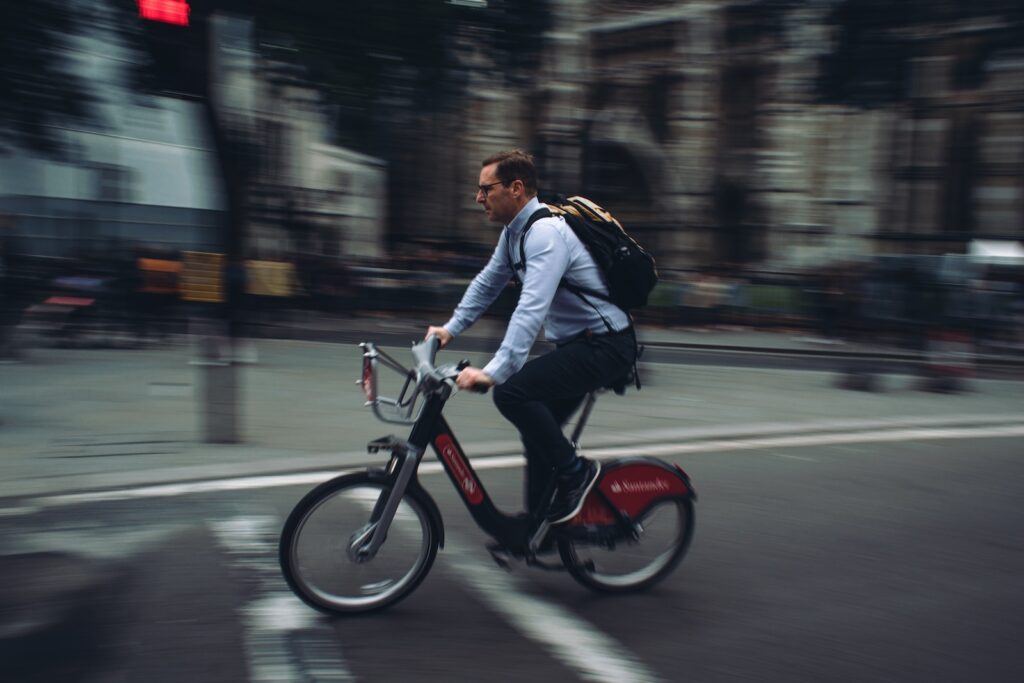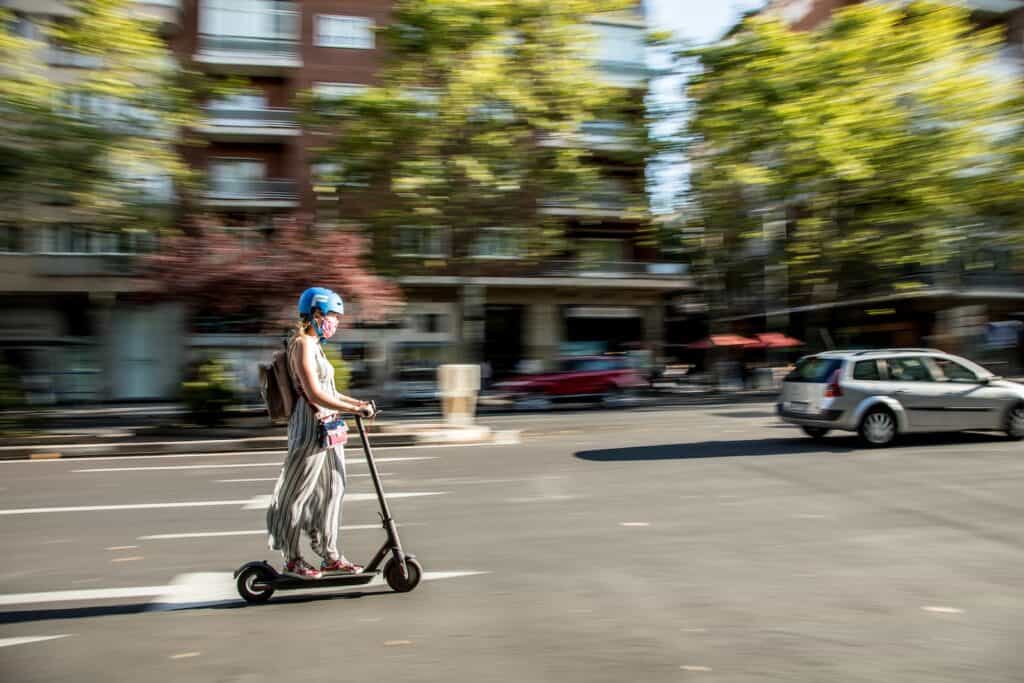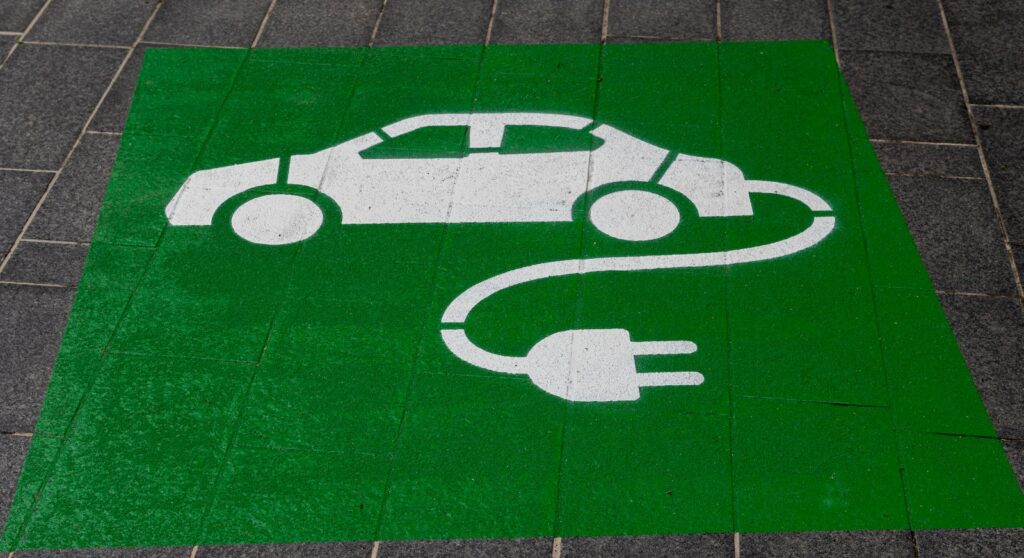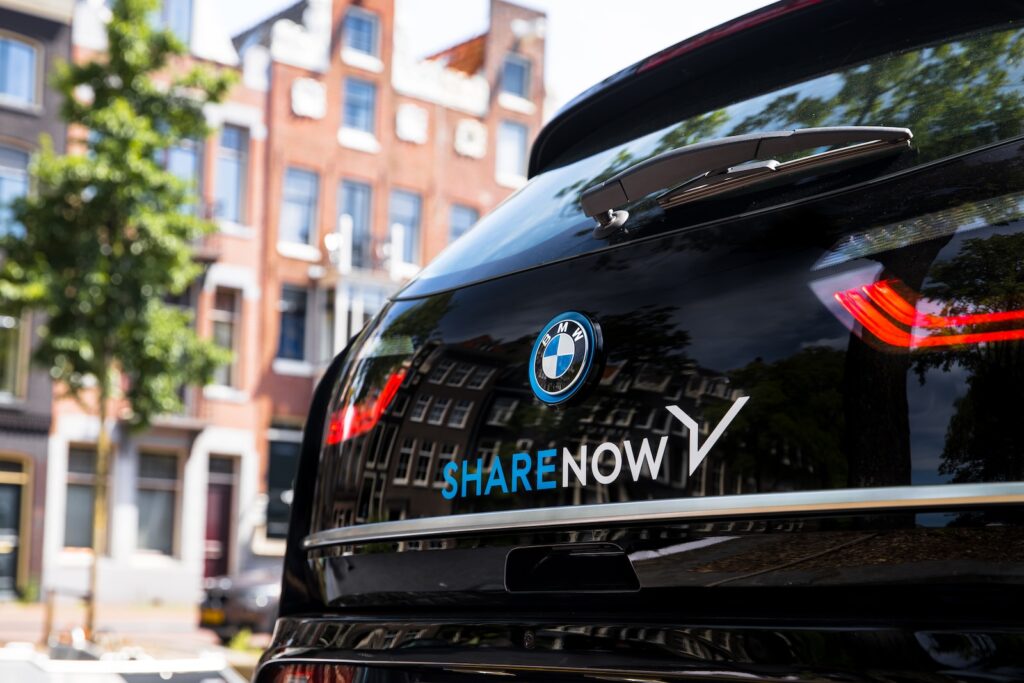Commuting trends have been evolving since the advent of urbanization and the growth of cities. The way people travel to work has changed over the years, and the COVID-19 pandemic has brought about significant changes in commuting patterns. With the rise of remote work and flexible work arrangements, more people are choosing to work from home, which has impacted traditional commuting patterns and cost of living.
A historical overview of commuting trends shows that in the past, people typically commuted to work using public transportation or cars. However, with the rise of technology, new modes of transportation have emerged, such as ride-sharing services and electric scooters. These new modes of transportation have made commuting easier and more convenient for many people.
Table of Contents
Historical Overview of Commuting Trends
As someone who has been studying commuting trends for several years, I have seen how commuting habits have changed over time. Here is a brief historical overview of commuting trends in America.

Early 20th Century
At the beginning of the 20th century, most people lived and worked in the same area. Commuting was not a significant issue. However, as cities grew, people began to move to the suburbs, and commuting became more common. In the 1920s and 1930s, the automobile became more affordable, and commuting by car became more popular.
Mid-20th Century
In the mid-20th century, commuting by car became even more common. The construction of the interstate highway system in the 1950s and 1960s made it easier for people to commute long distances. At the same time, public transportation declined, and many people began to rely on cars to get to work.
Late 20th Century
In the late 20th century, commuting patterns began to change again. The oil crisis of the 1970s made people more aware of the cost of driving, and many began to look for alternatives. Public transportation became more popular, and many cities began to invest in bike lanes and pedestrian-friendly infrastructure.
21st Century
In the 21st century, commuting trends have continued to evolve. Many people now work from home or have flexible schedules, which has reduced the number of people commuting to traditional workplaces. At the same time, ridesharing services like Uber and Lyft have made it easier for people to get around without owning a car.
Overall, commuting trends have changed significantly over the past century. While driving remains the most popular way to commute, there are now more options than ever before, and people are more aware of the environmental and economic costs of driving.
Current Commuting Trends
As of 2023, commuting trends have been significantly impacted by the COVID-19 pandemic. With the rise of remote work, many people are no longer commuting to work on a daily basis. However, as restrictions ease and more people return to in-person work, commuting trends are starting to shift once again.
Urban Commuting Trends
In urban areas, there has been a rise in alternative modes of transportation such as biking, walking, and public transportation. With the increase in bike lanes and bike-sharing programs, many people are choosing to bike to work instead of driving. Additionally, many cities have invested in public transportation, making it more accessible and convenient for commuters.

Rural Commuting Trends
In rural areas, commuting trends have not changed as significantly as in urban areas. Many people still rely on personal vehicles to get to work, as public transportation is not as widely available. However, there has been a rise in telecommuting, allowing people in rural areas to work from home and avoid commuting altogether.

International Commuting Trends
Internationally, commuting trends vary greatly depending on the country and region. In some countries, such as Japan and South Korea, commuting by public transportation is the norm. In other countries, such as the United States, personal vehicles are still the most common mode of transportation for commuting.
Overall, commuting trends are constantly evolving as technology and societal changes impact the way we work and travel. As we continue to navigate the post-pandemic world, it will be interesting to see how commuting trends continue to shift and evolve.
Influence of Technology on Commuting
As technology continues to advance, it has a significant impact on how we commute. In this section, I will discuss three areas where technology has influenced commuting trends: the rise of remote work, the impact of ride-sharing apps, and the role of autonomous vehicles.
Rise of Remote Work
The rise of remote work has been one of the most significant changes in commuting trends. With the advent of high-speed internet and collaboration tools, many companies now offer their employees the option to work from home. This has led to reduced traffic congestion, less time spent commuting, and increased productivity. According to a study by Global Workplace Analytics, remote work has increased by 159% since 2005, and 80% of employees would like to work from home at least some of the time.
Impact of Ride-Sharing Apps
Ride-sharing apps like Uber and Lyft have revolutionized the way we travel. These apps provide a convenient and cost-effective alternative to traditional taxis and public transportation. They have also reduced the number of cars on the road, which has helped reduce traffic congestion and air pollution. According to a study by the University of California, Berkeley, ride-sharing services have reduced traffic congestion in San Francisco by 13%.
Role of Autonomous Vehicles
The development of autonomous vehicles has the potential to transform commuting even further. Autonomous vehicles are expected to reduce traffic congestion, improve safety, and reduce the cost of transportation. They will also provide a convenient and flexible alternative to traditional public transportation. According to a study by the Boston Consulting Group, the adoption of autonomous vehicles could reduce the number of cars on the road by up to 60%, and reduce commuting time by up to 40%.
In conclusion, technology has had a significant impact on commuting trends. The rise of remote work, the impact of ride-sharing apps, and the role of autonomous vehicles are just a few examples of how technology is changing the way we commute. As technology continues to advance, we can expect further changes in the way we travel.
Future of Commuting
As we move towards the future, the way we commute is expected to change significantly. Here are some trends that are likely to shape the future of commuting:
Remote work
The COVID-19 pandemic has accelerated the trend of remote work. Many companies have realized that remote work is not only feasible but also beneficial for both employees and employers. As a result, more and more people are expected to work from home or other remote locations in the future. This will reduce the need for daily commuting, which will have a significant impact on traffic congestion and air pollution.
Electric and autonomous vehicles
Electric vehicles are becoming increasingly popular as they offer a cleaner and more sustainable mode of transportation. In addition, autonomous vehicles are expected to become more common in the future, which will revolutionize the way we commute. With autonomous vehicles, people will be able to work, sleep, or relax during their commute, which will make commuting more productive and less stressful.
Flexible schedules
Flexible schedules are becoming more common as companies realize that employees have different needs and preferences. In the future, more companies are expected to offer flexible schedules, which will allow employees to avoid rush hour traffic and commute during off-peak hours. This will help reduce traffic congestion and improve the overall commuting experience.
Shared mobility
Shared mobility is expected to become more popular in the future. With shared mobility, people can share rides and reduce the number of vehicles on the road. This will help reduce traffic congestion and air pollution. In addition, shared mobility can be more cost-effective than owning a personal vehicle, which will make commuting more affordable for everyone.
Overall, the future of commuting looks promising. With the right policies and technologies, we can create a more sustainable, efficient, and enjoyable commuting experience for everyone.








